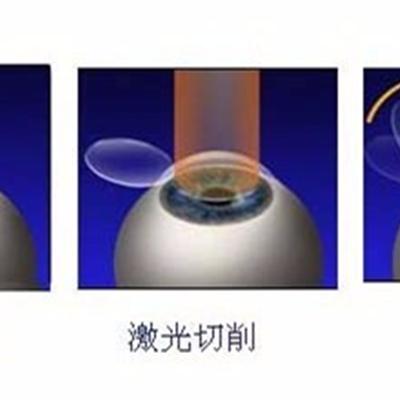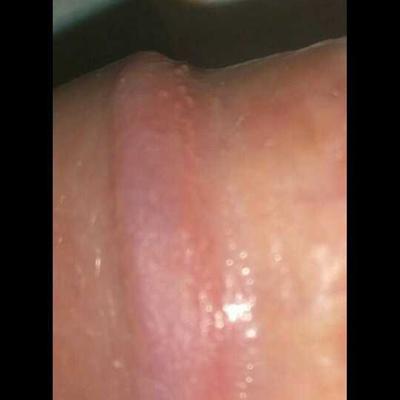What is a fusiform aneurysm
summary
Cerebral aneurysms have several shapes, different shapes will represent different tumors, fusiform aneurysms also belong to a kind of cerebral aneurysms. Some patients know very little about fusiform aneurysms, and the incidence and treatment are not very clear. Let's talk about what is fusiform aneurysms.
What is a fusiform aneurysm
First, intracranial fusiform aneurysms are classified into cystic and non cystic according to morphology. Fusiform aneurysm is a clinical subtype of cerebral aneurysm. Compared with cystic aneurysm, fusiform aneurysm is different in pathology, hemodynamics, anatomical distribution and treatment. Although cerebral vascular anatomy found that the damage of internal elastic membrane is the potential cause of most fusiform aneurysms, more research on the pathogenesis of injury is necessary.

Second, fusiform aneurysms are morphologically named, and they are defined as pathological dilation of the whole artery without standard origin or clinical characteristics. Fusiform aneurysms are short non cystic dilations of vascular walls. When the involved vessels were long, the aneurysms were cylindrical in shape and spindle in appearance.

Third, atherosclerotic fusiform aneurysms initially develop subintimal lipid deposition, resulting in rupture of the internal elastic membrane and infiltration into the muscle wall. Intramural hemorrhage and rupture of atherosclerotic plaque lead to thrombus in transmural area and fusiform aneurysm in thickened intima. Under the action of shear and stress, the nutrient vessels of blood vessels rupture, and then lead to the rupture of intima and inner elastic membrane. Bleeding into the wall of the human artery to form a hematoma.

matters needing attention
Fusiform aneurysm, as the name suggests, is fusiform in shape. It is also a common cerebral aneurysm in clinic. It may sometimes be caused by internal damage of cerebral vessels. Inform the majority of patients that once there are some early signs, it is recommended to go to the hospital immediately for examination and treatment.
















